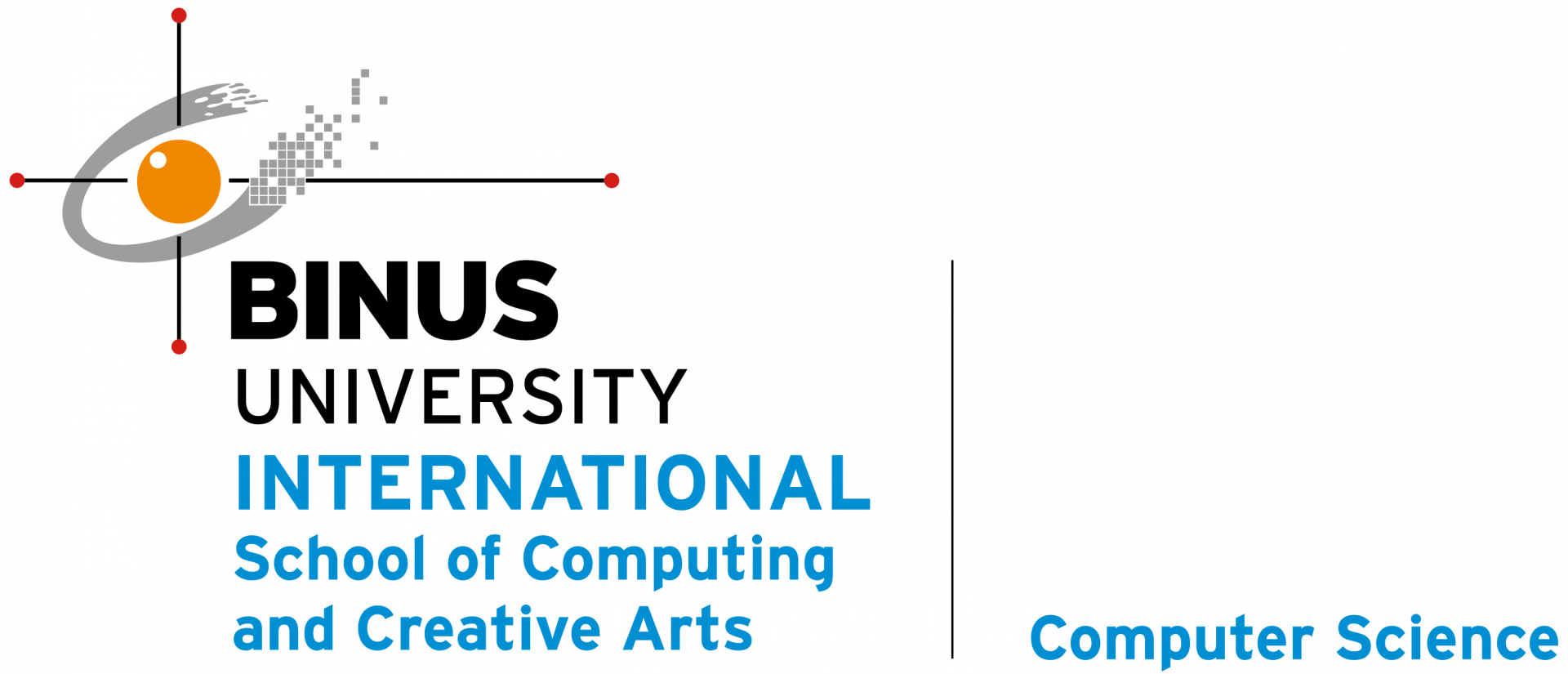The Adoption of the Metaverse in Modern internet Technology

Disclaimer, this articles is a summary of an online article title” The future of the internet and the exponential adoption of the Metaverse” by compdenFB that can be found here
The metaverse is the next progression of the world wide web and the centre of the new web 3.0 enabled internet. It provides added value for developers to build immersive 3D virtual worlds with provable ownership of the land that makes up the worlds and with new programmable virtual currencies that power commercial transactions in them. It is an enhancement to the current two-dimensional internet and is on track to disrupt and redefine every new industry, in a similar capacity to how the internet did over the past two decades.
In these 3D worlds, developers can build any type of experience that they can think of, as well as impossible structures that can only be created in virtual worlds. A real-world entertainment company might build a festival stage or a sports stadium to broadcast their real-life experiences to a new audience, a university might build an education centre to expand their classroom size or a gambling company might build a casino as an alternative channel to engage their users.
The ownership of the land that the experiences are built on is represented on the blockchain as an NFT, which is tradable between buyers and sellers similar to how a land deed is transact-able by landlords in the real world. The amount of land available in each metaverse, the size of each parcel of land and the layout of the map is determined at the launch of the world. Oftentimes and certainly in popular metaverses, the amount of land is fixed and scarce. In addition, having multiple connected parcels in an “estate” provides the landlord with the ability to build higher, and therefore more valuable experiences.

